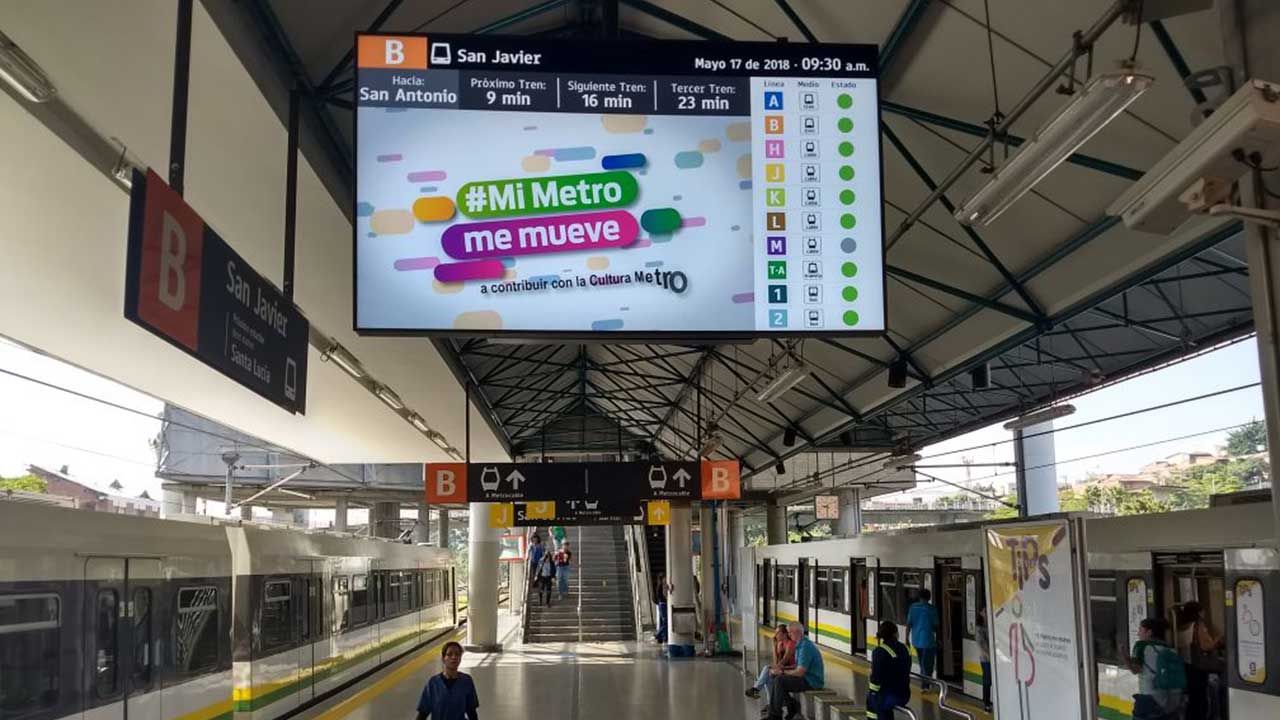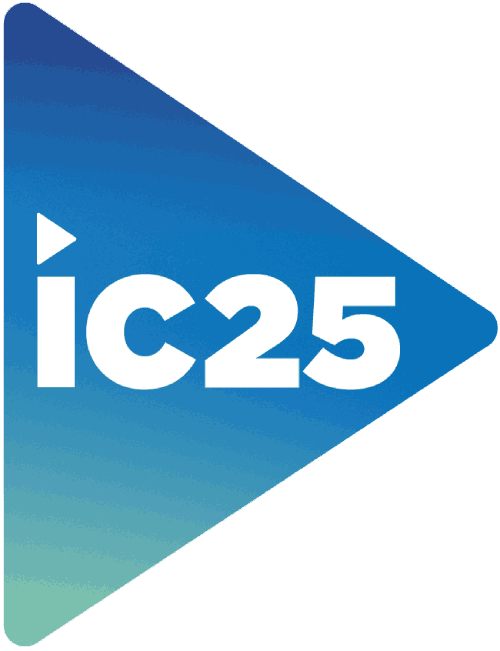Digital signage focused on user experience

In sectors such as transportation, retail or hospitality, screens are no longer limited to displaying information: they now seek to generate experiences that adapt to the environment, the public and even the time of day.
Today, more than ever, content must be dynamic. The timing of what is displayed on a screen can vary depending on the weather, the flow of people, the habits of the target audience or even the peaks of activity in a given space. In an airport or a train station, for example, it is not the same to communicate at eight in the morning as at eleven at night; similarly, in a hotel, communication needs change whether the guest is in the lobby, in the restaurant or in a meeting room.
"It is no longer enough to program generic content: it is necessary to understand what is happening in each space and who is in front of the screen. At DENEVA, we work under a hyper-personalization approach, as we integrate audience measurement technologies and real-time data analysis to adapt messages to each specific situation, optimizing the impact and strengthening the connection with the user. All of this with a clear objective: to transform each interaction into a unique and meaningful experience," commented Juan Carlos Mártin, the company's Commercial Director.
This context- and data-driven approach not only improves the effectiveness of messages, but also creates a more personalized and relevant experience for the user. And that is precisely what more and more organizations are looking for: to impact with the right message, in the right place, at the right time.
From mobility to hospitality
DENEVA is widely recognized in the transportation sector, where its digital signage platform already operates in complex environments such as train stations, subways and airports.
Their experience in adapting content to changing conditions in multiple sectors - such as service status, traffic or weather conditions - has enabled them to perfect flexible and robust systems that could make a difference in new markets.
DENEVA's team applies its know-how to offer solutions adapted to each environment and sector. A clear example is the hospitality sector, where these capabilities bring significant value. From personalized digital signage in rooms, to dynamic menus in restaurants or information tailored to each event or group of guests, the possibilities are vast.
"We have been deploying our solution in demanding environments such as transportation for years, which has allowed us to adapt and perfect our capabilities for other equally challenging sectors, such as hospitality," says Juan Carlos. "On cruise ships, for example, where connectivity is limited, we have implemented solutions that ensure continuity and real-time updating of content. This approach, focused on creating unique user experiences, has positioned us as a reliable partner capable of effectively solving the technical and operational challenges of these environments. We offer a wide range of solutions, from digital menus and interactive displays to directories, all with personalized and instantly updated information."

Case study: Metro de Medellín
One of the most illustrative examples is the work developed by DENEVA with the Medellin Metro in Colombia. There, the content changes depending on the time of day, the state of the service and the flow of passengers. During peak hours, safety and orientation messages predominate; outside these hours, the screens prioritize cultural and educational content.
This type of implementation demonstrates how digital signage can become a key tool to enhance the user experience in high-demand public spaces.
Integrated platforms for dynamic customization
One of the main advantages of working with solutions such as those provided by DENEVA is the ability to integrate different data sources - from sensors to management systems - to automate the presentation of content. This means that it is no longer necessary to manually update each screen; instead, messages are adjusted in real time according to predefined parameters.
One of the main factors that differentiates DENEVA from other platforms is its ability to integrate multiple external data sources, from presence and flow sensors to inventories, reservation systems and e-commerce platforms. Thanks to this integration, the system can apply predefined rules that automatically update the content on each screen, adapting it in real time to the context and specific needs of the environment. This automation not only significantly reduces the operational burden, but also ensures that messages are always relevant, accurate and up-to-date without the need for constant manual intervention.
In addition, these solutions also allow to maintain visual and communicative coherence with the brand identity of the space: colors, fonts, tone of voice and graphic style can be easily adapted to reinforce the branding of the place.
Solutions for challenging contexts: the case of Brittany Ferries
One of DENEVA's recent projects takes place on board Brittany Ferries' ships, in an environment where internet connectivity is limited for much of the crossing.
To meet this challenge, mechanisms were implemented to enable offline operation of the platform and automatic synchronization when a connection is available. This ensures critical updates - such as menus, schedules or promotions - before ships arrive in port, guaranteeing a seamless experience for passengers.
Towards a hyper-personalized and sustainable future
DENEVA envisions a future where digital signage will increasingly rely on artificial intelligence, integration with IoT sensors and third-party systems. The ability to analyze data in real time and dynamically adapt messages will be key to delivering more meaningful interactions.
In addition, there is a growing awareness of sustainability. Solutions such as electronic ink and energy KPI monitoring are attractive alternatives to reduce the environmental footprint of operations without compromising the quality of the experience.
In short, the digital signage of tomorrow is already taking shape, and its success will depend on how well it listens, understands and responds to the environment and the user.
Do you know where you can find all this? At InfoComm Latin America, where DENEVA is waiting for you at booth #175 to continue the conversation.Register now and meet their solutions in person!


